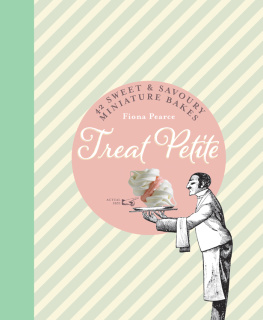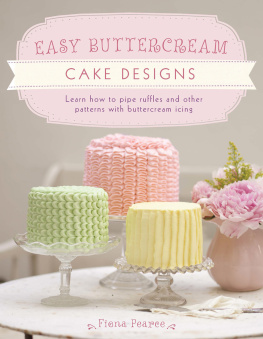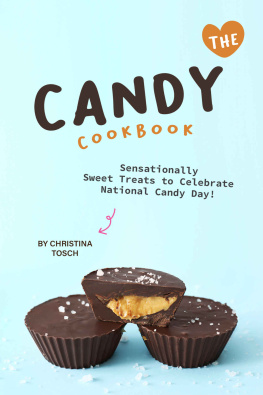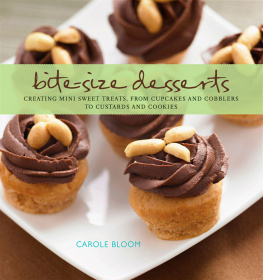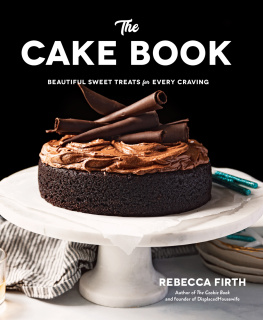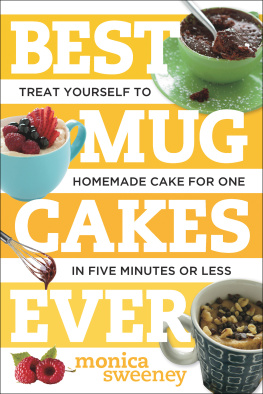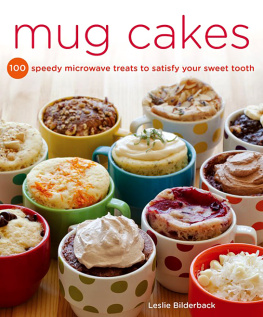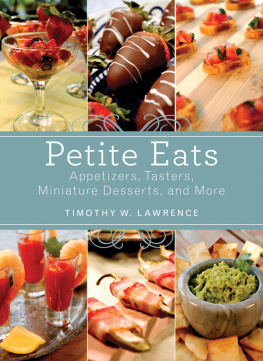

First published in the UK in 2014 by
Ivy Press
210 High Street
Lewes
East Sussex BN7 2NS United Kingdom
www.ivypress.co.uk
Text Fiona Pearce 2014
Design and layout Ivy Press Ltd 2014
All rights reserved. No part of this book may be reproduced or transmitted in any form or by any means, electronic or mechanical, including photocopying, recording or by any information storage-and-retrieval system, without written permission from the copyright holder.
British Library Cataloguing-in-Publication Data A catalogue record for this book is available from the British Library
Print ISBN: 978-1-78240-098-1
ePub ISBN: 978-1-78240-172-8
Mobi ISBN: 978-1-78240-173-5
This book was conceived, designed and produced by
Ivy Press
Creative Director Peter Bridgewater
Publisher Susan Kelly
Conceived by Sophie Collins
Editorial Director Tom Kitch
Art Director Wayne Blades
Design & art direction Simon Daley
Photography Sian Irvine & Clive Streeter
Distributed worldwide (except North America) by Thames & Hudson Ltd, 181A High Holborn, London WC1V 7QX, United Kingdom
This book uses both metric and imperial measurements. Follow the same units of measurements throughout; do not mix metric and imperial.
All spoon measurements are level. Teaspoons are assumed to be 5 ml and tablespoons 15 ml.
Unless otherwise stated, milk is assumed to be full fat, eggs are large and individual fruits and vegetables are medium.
Contents

T heres an Alice in Wonderland charm about teeny chocolate clairs, delectable miniature Victoria sponge cakes, button-like macarons any little treats you can just pop in your mouth and finish in a bite. Its no surprise that bite-sized versions of popular bakes and desserts are the latest trend sweeping Parisian patisseries and New York bakeries. Not only are mini desserts super cute, you can enjoy them while keeping your indulgence in check!
Each chapter of this book is full of seriously adorable and delectable tiny bakes that you can easily recreate at home. Whether you fancy making lovely little sweet treats to serve at an afternoon tea party, or mouth-watering savoury morsels to impress guests at a cocktail party, there are 42 different recipes to choose from. All the recipes can be prepared without a lot of specialist equipment, and each chapter features some useful baking tips to help you achieve a professional finish. Basic recipes for the foundation of some popular bakes, such as meringue and pastry, are also included so that you can use them as a blank canvas to create your own miniature delights.

MORE THAN 40 TINY TREATS YOULL LOVE TO EAT!
From luscious cream- and fruit-filled Miniature Victoria Sponges to light-as-air Micro Meringue Kisses, the forty-two petite morsels in this cookbook look simply divine and taste sinfully delicious. Theres something so delightful about a delectable treat that you can finish in just a bite or two! Mouth-watering Lemon-lime Gems; brightly colourful Macaroons; a pyramid of heavenly Croquembouches these tiny pleasures are just as at home at an elegant party as they are at the end of a special meal.
Basic Tools & Equipment
You really dont need a lot of fancy kitchen gadgets to create miniature treats, but there are a few pieces of equipment that are useful to have on hand to make baking easier and to help you achieve professional-looking results:
Pastry cutters
Small round pastry cutters (up to 5 cm/2 inches in diameter) are useful for cutting out little pieces of sponge cake, tiny biscuits and pastry rounds to make vol au vents or galettes.
Biscuit cutters
Small metal biscuit cutters in a range of shapes can be useful for cutting out treats. There are many cutter shapes available and you can easily adapt biscuit designs to make them seasonal.
Tartlet tins
Individual mini tartlet tins, 2.5 cm5 cm (12 inches) in diameter, are incredibly cute and are essential for making bite-sized tartlets.
Piping bags
Disposable and reusable piping bags can be fitted with piping tubes for piping frostings, fillings and choux pastry.
Piping tubes
Piping tubes can be used to pipe meringues, fillings or frostings, or to pipe dainty choux pastry shapes. Small round or star piping tubes (no bigger than 1 cm/ inch in diameter) are used in this book.
Squeeze bottles
These bottles are useful for making blinis or mini pancakes they enable you to squeeze out the exact amount of liquid mixture you need. They can also be filled with thinned royal icing to flood biscuits.
Baking sheets
Lined with baking paper, baking sheets are essential for any bakes.
Mini baking tins
There are many different-shaped baking tins available and they vary in size and capacity. Mini madeleine tins and mini cupcake tins are used to create some of the recipes in this book.
Paintbrushes or mini pastry brushes
These are used for applying eggwash to pastry before baking and for dusting treats with edible lustre dust and edible gold leaf.
Non-stick rolling pin
This is an essential tool for rolling out pastry and biscuit dough.

Sponges

Sponge cakes can form a fundamental building block in your baking repertoire. If you have a regular-sized baked sponge on hand, a wide range of lovely miniature treats is only steps away.
Vanilla Sponge Cake
This recipe involves minimal preparation and produces a light, fluffy vanilla sponge.
Makes 2 x 20-cm (8-inch) round or 2 x 18-cm (7-inch) square or 2 x 30-cm x 20-cm (12-inch x 8-inch) rectangular Swiss roll tins
225 g (8 oz) butter, softened, plus extra for greasing
225 g (8 oz) caster sugar
4 large eggs
225 g (8 oz) self-raising flour
2 tsp baking powder
1 tsp vanilla extract
Preheat the oven to 180C/350F/Gas Mark 4. Grease the sides and base of 2 baking tins (see above) and line the bases with baking paper.
Using an electric mixer, beat all the ingredients together on a medium speed until well blended.
Spoon the mixture into the prepared tins and level out with a spatula.
Bake in the preheated oven for about 25 minutes (or about 15 minutes for Swiss roll tins), or until well risen and a skewer inserted into the centre comes out clean.
Allow the sponge cakes to cool in the tins for 5 minutes before turning them onto a wire rack to cool completely.
TIPS
Sift the flour twice to aerate it and remove any lumps. This helps create a light sponge.
Avoid taking a sneaky peek at the cake halfway through the baking time a sudden rush of cool air entering the oven will cause the cake to sink.
ADDING FLAVOUR
Next page
